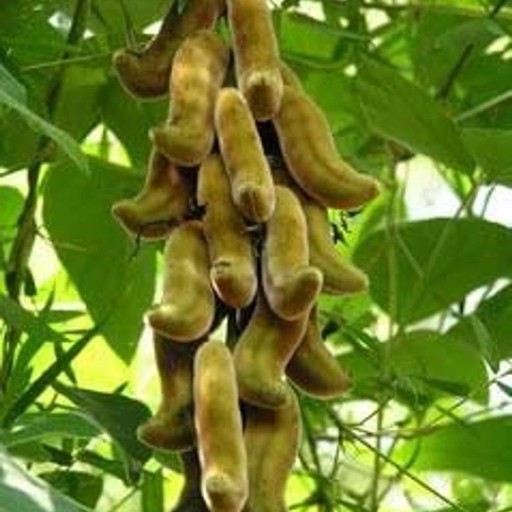

Velvet bean, also referred to as mucuna prurien, is an exotic legume having lengthy clusters of purplish flowers and densely hair pods.
It is an annual climbing shrub having long vines with a length of over 15 meters.
Velvet beans are recognized by the multitude of common names like atmagupta, kiwanch, alkushi, cowitch, cowhage, picapica, kapicachu, and yerepe.
Long used in traditional Asian and African practices, velvet bean (Mucuna pruriens) is believed to exert extraordinary effects in humans.
It contains a naturally occurring precursor to dopamine, which is a “happy hormone” that plays an important role in cognitive function, emotion, and mood.
The beans are grown in southern United States, Africa, India and also the West Indies for green manure and grazing.
Velvet bean belongs to a group of plants known as adaptogens, which are non-toxic herbs thought to support various physiological processes.
They’re also utilized as ornamentals.
They’ve been utilized in Indian Ayurvedic medicine since a long time to deal with worms, dysentery, diarrhea, snake bites, sexual debility, cough, tuberculosis, impotence, rheumatic disorders, muscular pain, sterility, gout, menstrual disorders, diabetes, and cancer.
In traditional Ayurveda, velvet bean is used holistically for the body and mind. Taken as an herbal supplement, it may promote focus, relaxation, and a good mood.
Velvet bean bears white, lavender, or purple flowers and develops seed pods up to 15cm long with 3 to 6 seeds per pod. The pods are covered in orange, bristle-like hairs that cause severe itch if they come into contact with skin; this is why the plant also has the nickname “cowitch”.
Titilayo Kupoliyi